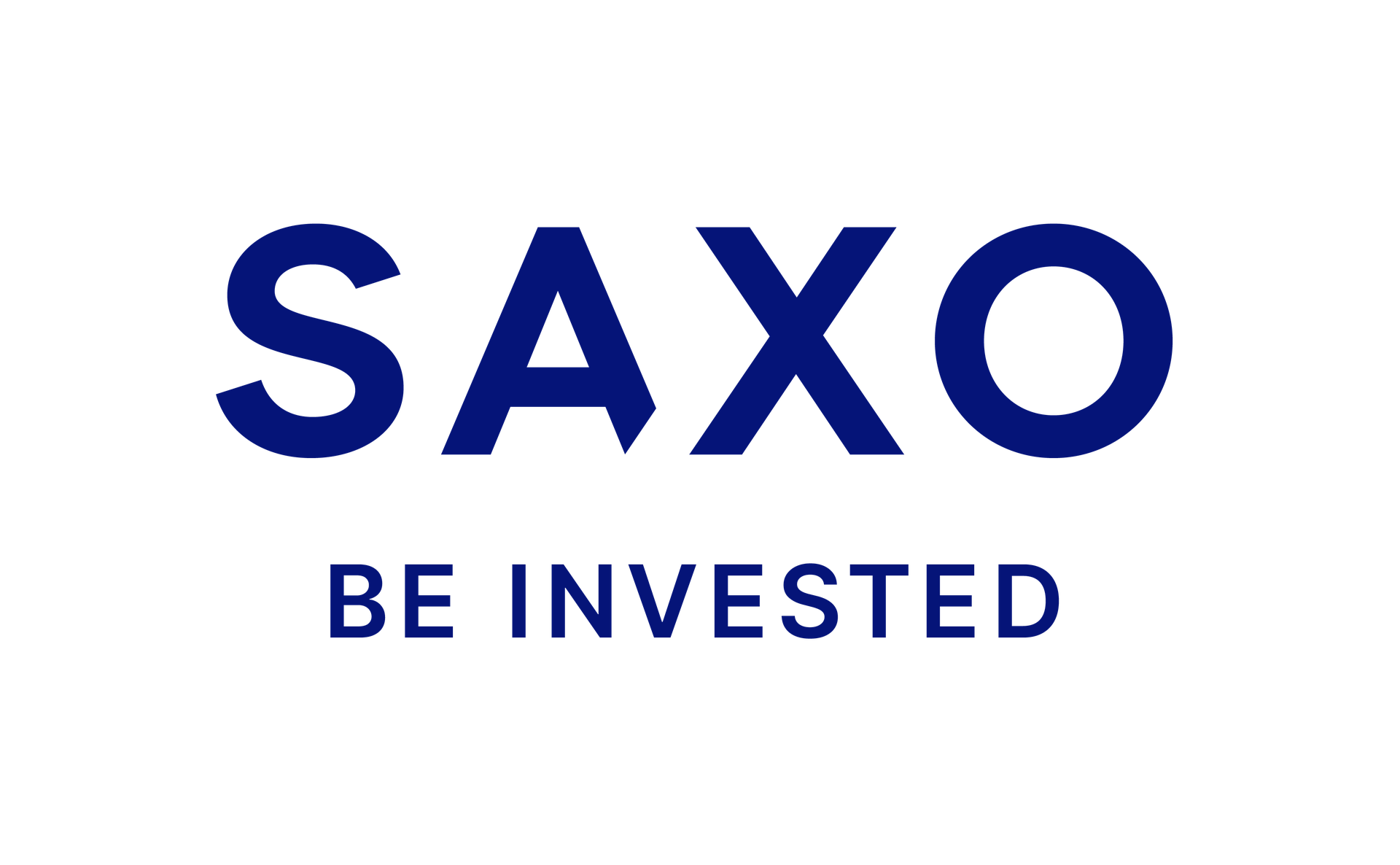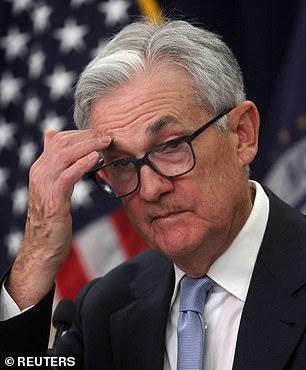Table of Contents
All eyes on Washington: Jerome Powell has already signaled that the time has come to cut interest rates
Fears of a slowdown in the world’s largest economy will take center stage this week with the release of the latest U.S. jobs figures.
Markets will be on tenterhooks awaiting nonfarm payrolls data for August, due out on Friday.
This comes after a worse-than-expected reading for the previous month triggered a global sell-off in stocks.
Those jitters have since eased, but another set of disappointing figures could heighten fears that a US recession is looming.
The effects could spread around the world as investors assess the impact on US interest rates as well as the election battle between Kamala Harris and Donald Trump.
Economists expect Friday’s figures to show 163,000 jobs were created in August and the country’s unemployment rate will fall to 4.2 percent from 4.3 percent.
If the employment figures are lower or the unemployment rate is higher, it could increase speculation that the Federal Reserve – the US central bank – will have to take drastic measures.
Markets are already confident that the Fed will cut rates for the first time since 2020 when it meets later this month.
Traders see a quarter-percentage point cut as most likely, but see a one-in-three chance of a half-point hike. The latter will look increasingly likely if employment figures point to a recession.
Federal Reserve Chairman Jerome Powell has already made clear that the rate-setting Federal Open Market Committee (FOMC) has a weaker labor market in mind, as he all but confirmed that some form of rate cuts are in the works. Last month, Powell told an audience of central bankers that “the time has come” to take action.
The evidence on the health of the US economy in recent weeks has been mixed.
Official figures last week were revised upward to show gross domestic product growing at a 3 percent annualized pace in the second quarter, up from an initial estimate of 2.8 percent. And separate weekly data showed the number of Americans filing new claims for unemployment benefits fell. That will have contributed to hopes that the U.S. economy is enjoying a “soft landing,” in which falling inflation is not accompanied by a recession. But the U.S. unemployment rate has risen sharply, from 3.7 percent in January to 4.3 percent in July.
Last month, a sensational update revealed that 818,000 fewer jobs had been created in the year to March than previously believed. Trump described it as a “massive scandal”. Investec economist Philip Shaw said: “The US unemployment rate has risen at a pace that has raised fears of recession.”
Shaw said that while the data is “not alarming yet,” a further deterioration in the labor market could lead interest rate setters to make more aggressive cuts.
He added that upcoming employment data “will therefore be crucial in determining not only expectations about Fed policy, but also the extent to which the U.S. economy is showing signs of slowing.”
DIY INVESTMENT PLATFORMS

AJ Bell

AJ Bell
Easy investment and ready-to-use portfolios

Hargreaves Lansdown

Hargreaves Lansdown
Free investment ideas and fund trading

interactive investor

interactive investor
Flat rate investing from £4.99 per month

Saxo

Saxo
Get £200 back in trading commissions

Trade 212

Trade 212
Free treatment and no commissions per account
Affiliate links: If you purchase a product This is Money may earn a commission. These offers are chosen by our editorial team as we believe they are worth highlighting. This does not affect our editorial independence.


